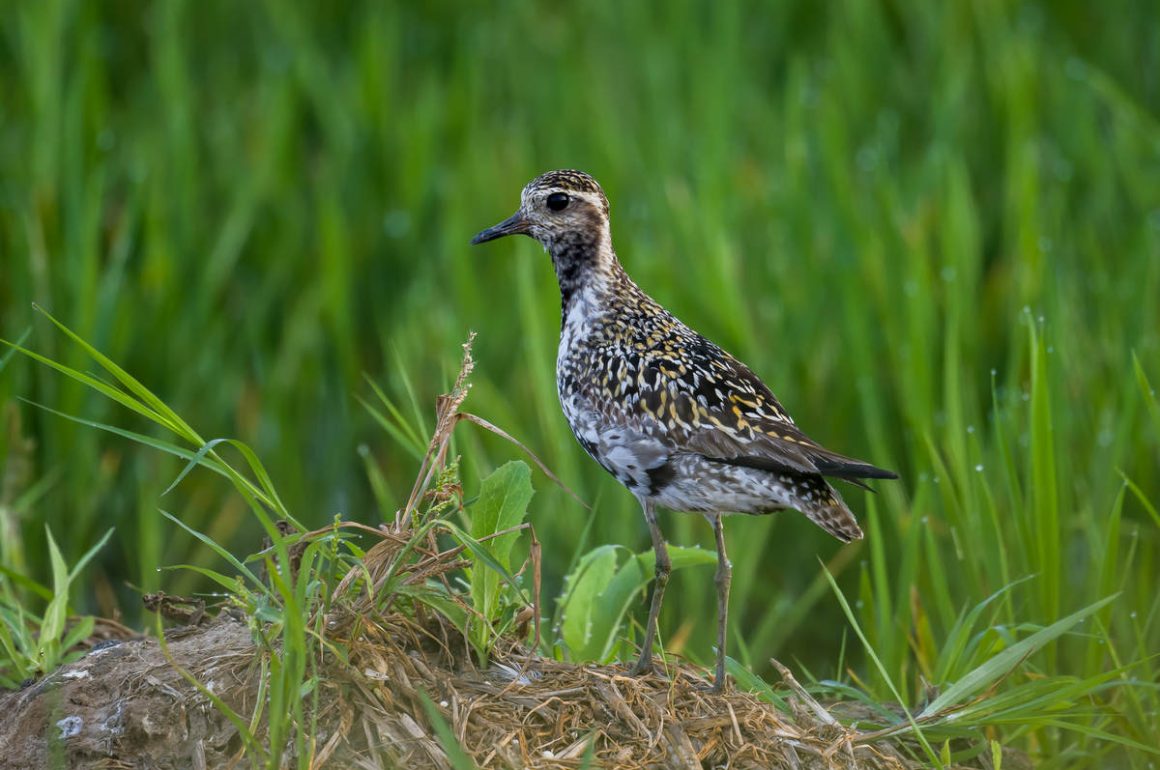
The most important event this August for birders in Shanghai and probably elsewhere was of course the release of a new The National song, “Space Invader“. Fortunately, it turns out to be a very good song (note: Grammarly helpfully suggests that I should change “very good” to “perfect”, but then Grammarly has not listened to the song – it is just very good, not perfect), though as usual with The National songs, I only have a vague idea what the lyrics mean and especially why the song is called “Space Invader” when it mainly seems to be about randomness shaping our (love)life. But then, I have by now learned to appreciate Matt Berninger’s lyrics without understanding them.
The track has two parts – one is basically a regular (rather good) song while the last three minutes are mostly just an instrumental, with Matt mumbling some words but being increasingly drowned by the music, especially the drums. Particularly at the end, this reminds me of the last sentence of a terrifying Franz Kafka story, “Das Urteil” (The Judgement), which is “In diesem Augenblick ging über die Brücke ein geradezu unendlicher Verkehr” (“At that moment, almost endless traffic was crossing the bridge”). If that sounds a bit harmless, read the story and you will no longer be surprised about Kafka biographies highlighting his difficult relationship with his father (and presumably, with most of the rest of the world, too).
And now for something completely different – birds. Quite a few rather common ones this month, I am afraid, as the proper migration season only started during the last few days of August.
As you can tell from this post starting with leaf warblers, the ornithological equivalent of watching paint dry (ok, a bit unfair and not really a good comparison anyway, but hey, write your own blog if you do not like mine). Like the Eastern Crowned Warbler (which eBird mysteriously calls a “boldly marked songbird” despite its similarity to about 50 other warbler species) …
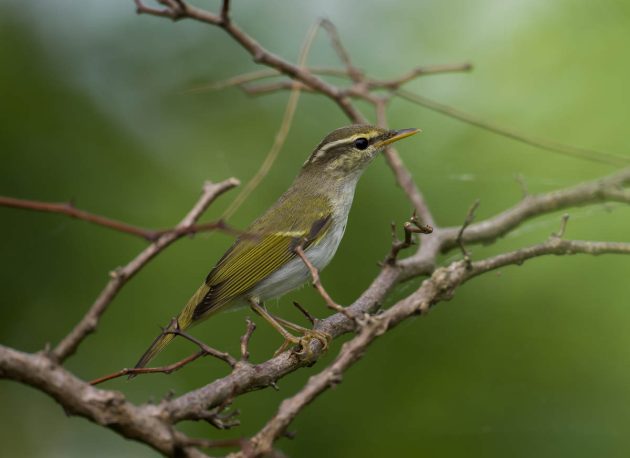
… and the Arctic Warbler (or maybe some other warbler looking very similar). For that species, there is a paper with the somewhat puzzling title “Habitat Choice in captive Arctic Warblers” (similar to the seminal paper examining location preferences of prisoners in the US penal system, I guess. Yes, I made that up).
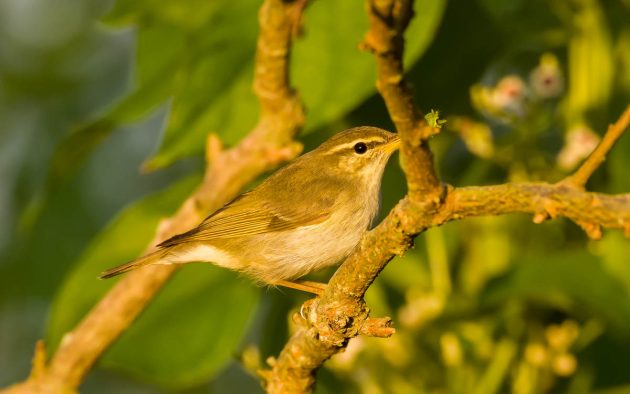
On a more positive note, the end of August also saw the return of some Japanese Paradise Flycatchers like this one. Mind you, no long tails in this season. That keeps away about 80% of the pesky bird photographers away from the males (though probably also a fair share of the female birds – can’t have it both ways).
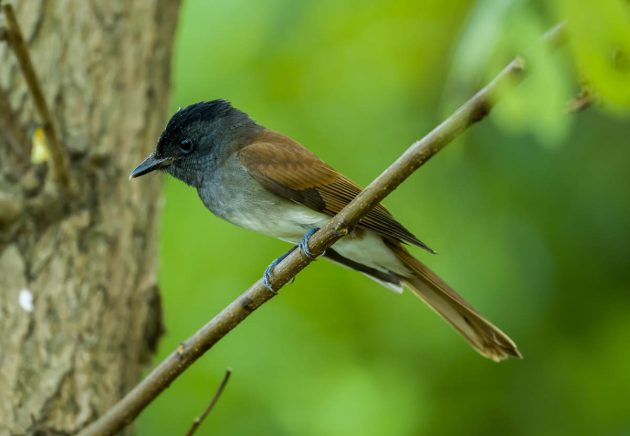
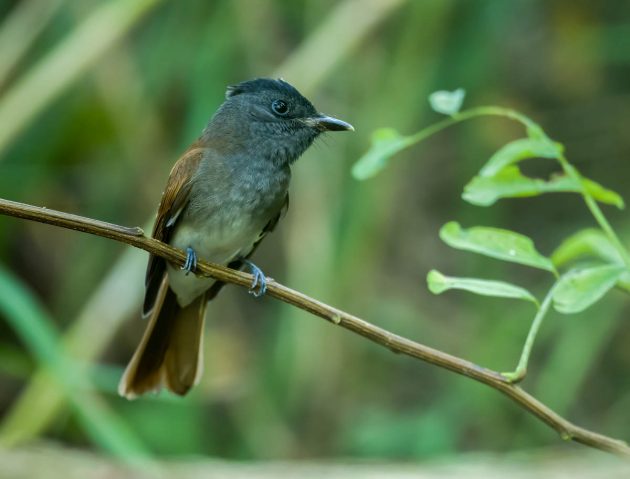
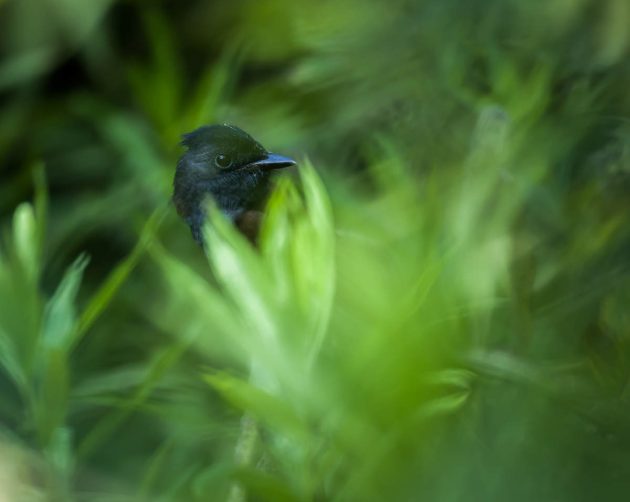
Daniel Gustafsson and coauthors looked at chewing lice of the Grey-headed Lapwing. Their goal is simple yet lofty: “We hope these redescriptions will arouse some interest in the chewing lice of shorebirds among researchers working with lapwings”.
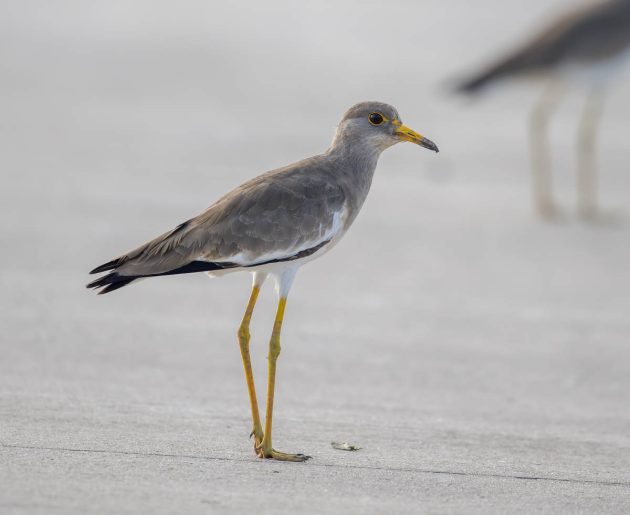
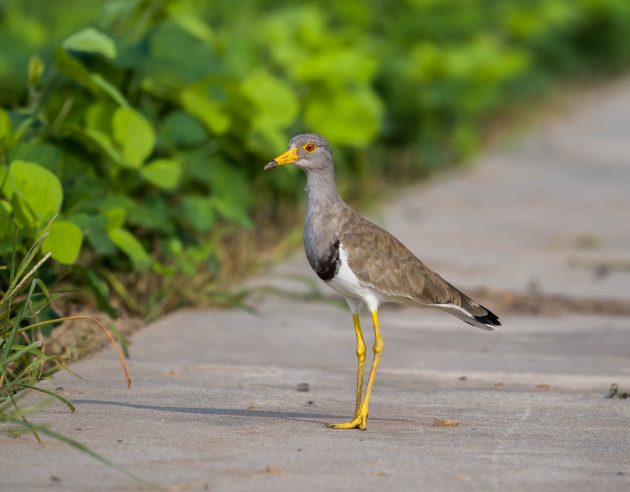
As I mentioned in one of my posts this spring, for me the personal start of the migration season is when I see my first male colorful flycatcher. For the autumn season of 2023, this would be the sighting of a male Yellow-rumped Flycatcher on August 27.
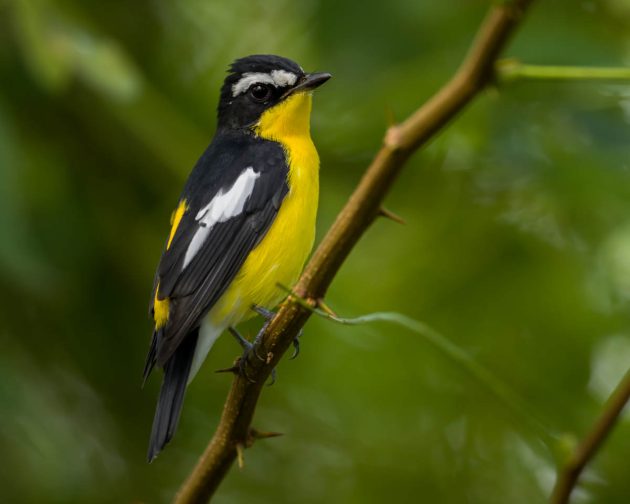
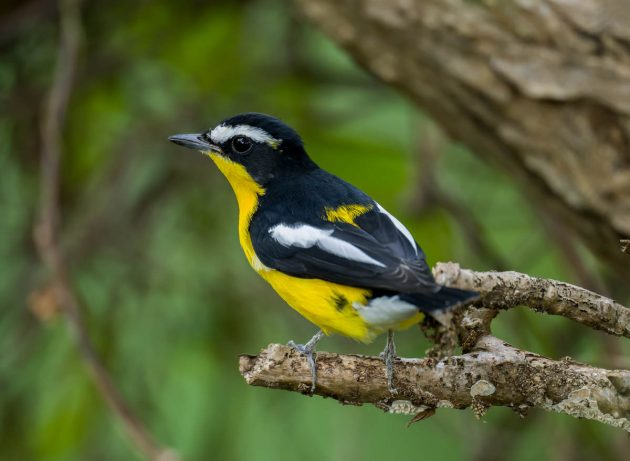
The female is less colorful and also sometimes seems to be in need of some good brushing, like the one I sometimes give to those of my cats who do not run away fast enough.
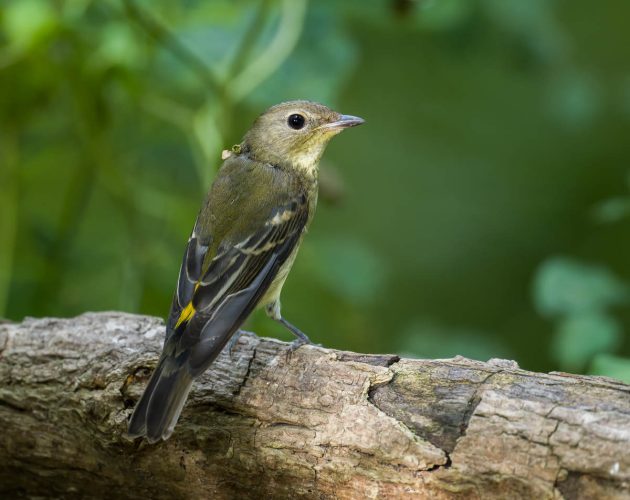
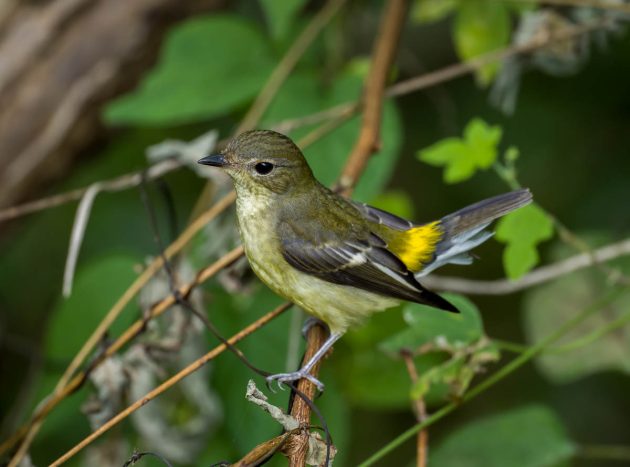
The Asian Brown Flycatcher does not count as a season-starting bird – discrimination, of course.
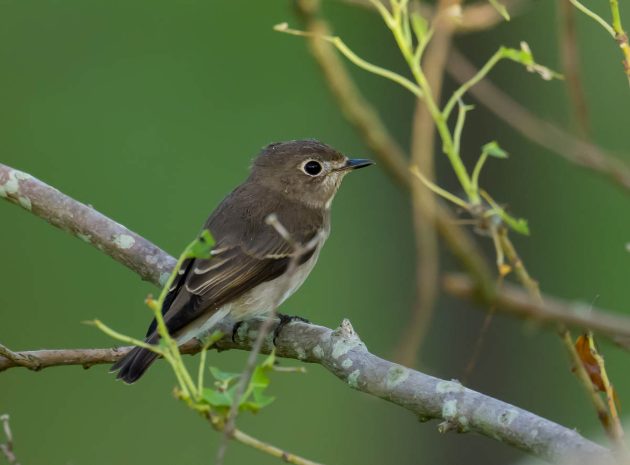
For some reason, Long-tailed Shrikes always remind me a bit of Donald Trump, even though I quite like the species (I am not particularly fond of Mr. Trump). Perhaps it is because loudmouth behaviour can be charming in a bird but is much less so in a serial liar.
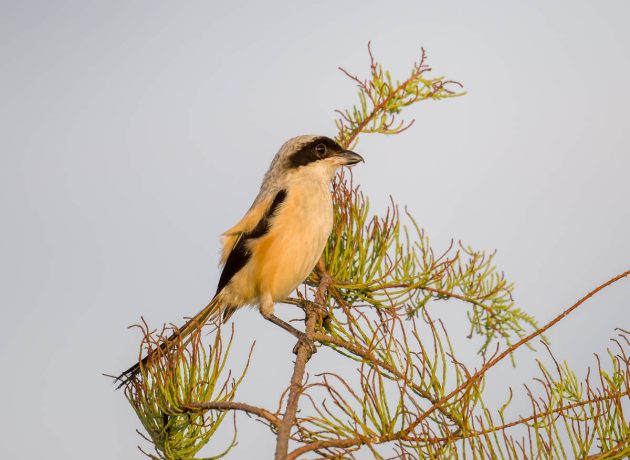
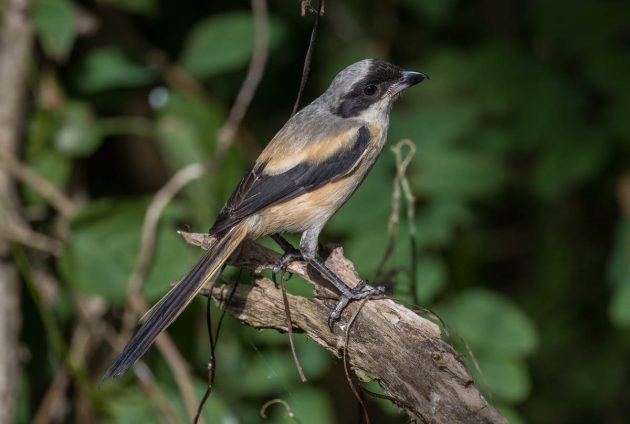
Here is a mugshot of a Long-tailed Shrike. T-shirts will be available soon.
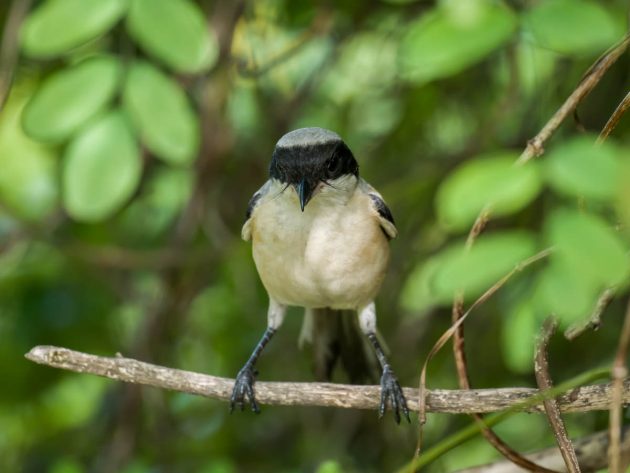
Fortunately, the Brown Shrike does not make me think of Mr. Trump. The Latin species name “cristatus” is a bit of a puzzle as it means “crest” – not an obvious feature of the species, as far as I can tell.
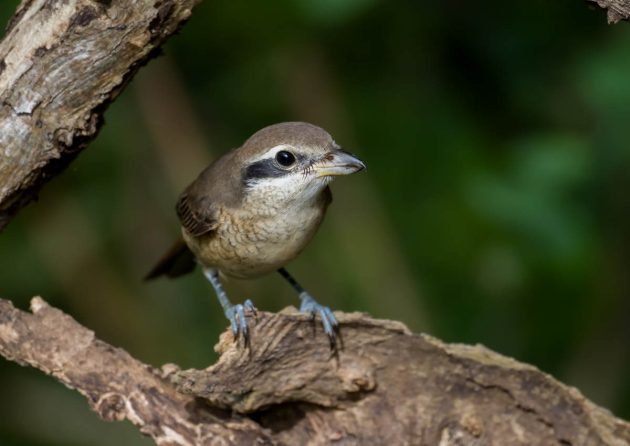
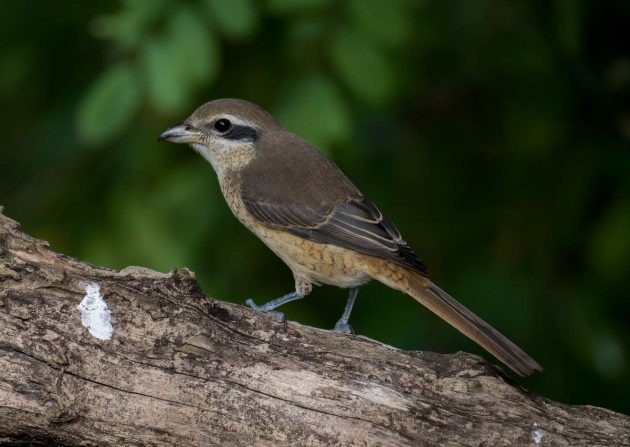
The third shrike seen in Shanghai this month was the Tiger Shrike.
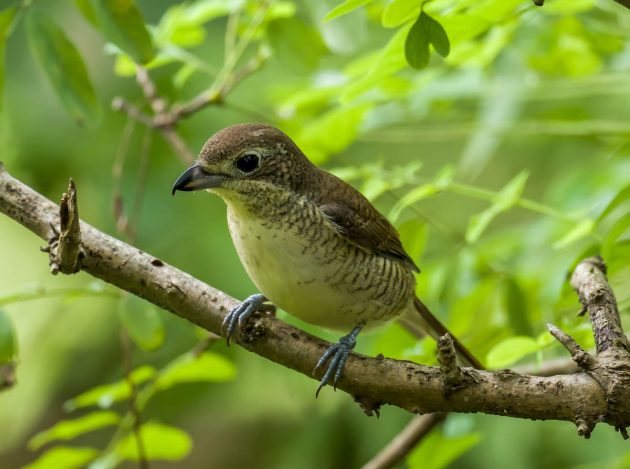
Fortunately – as this is China, not the US – there is no “Three shrikes and you are out” rule here (and if this is not the worst joke you have ever heard, then your life really sucks).
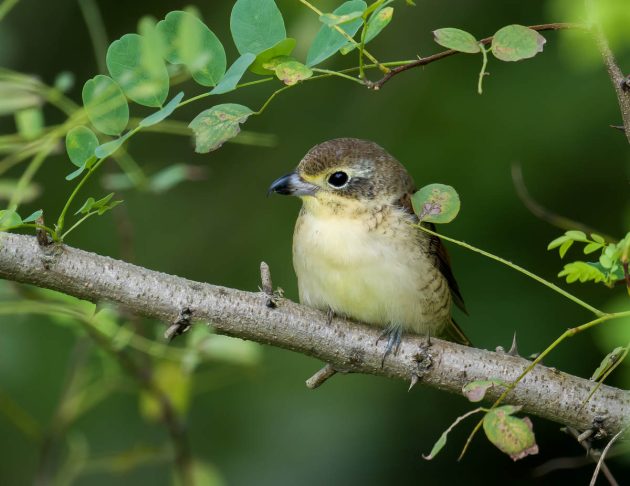
When looking for papers on bird species, it is always a thrill to find very recent ones – a paper on the Black-winged Kite was just published in May 2023.
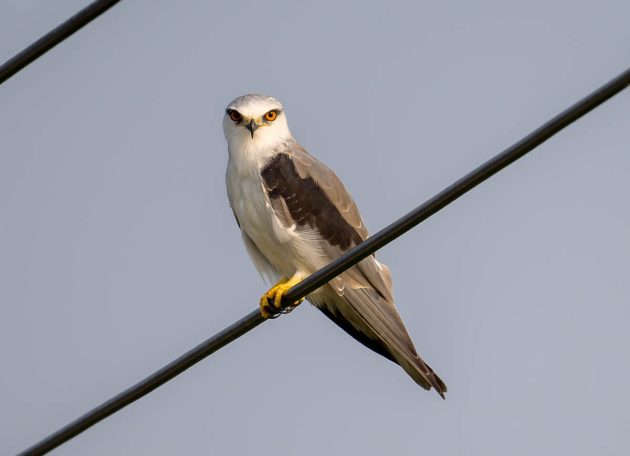
It looks at factors determining the presence of Black-winged Kites on Taiwan, where the species is a new resident. Interestingly, the factors cited there may also explain the expanding presence of the species in Shanghai.
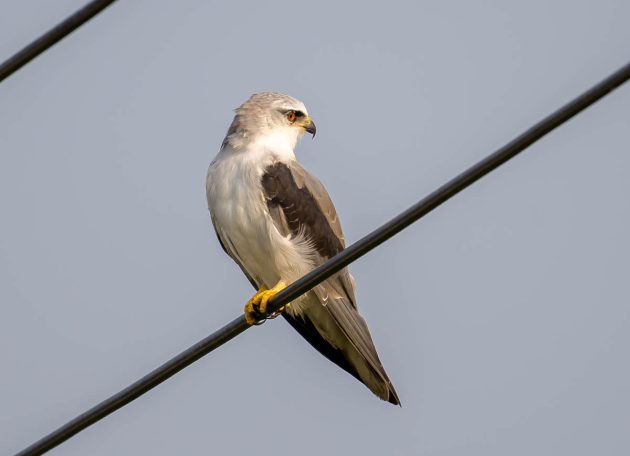
The Oriental Magpie-robin also seems to be getting more and more common in Shanghai. Even in my compound, they seem to have quite a stable presence now.
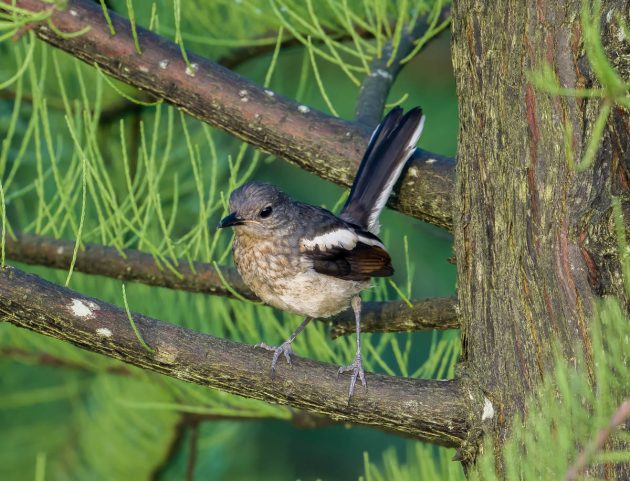
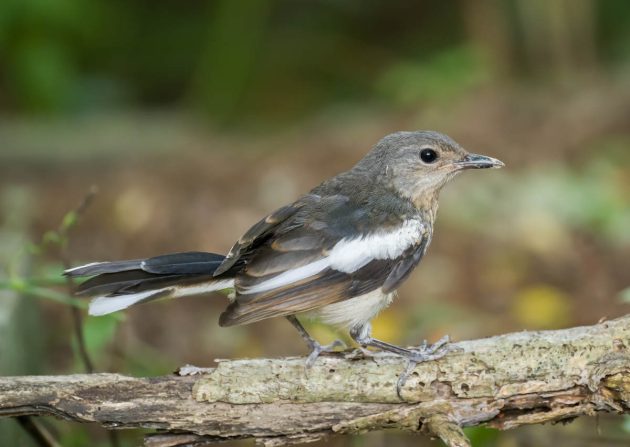
Heron/Egret medley (yes, I know medleys suck, but without the aural component, they might just be ok):
Black-crowned Night-heron …
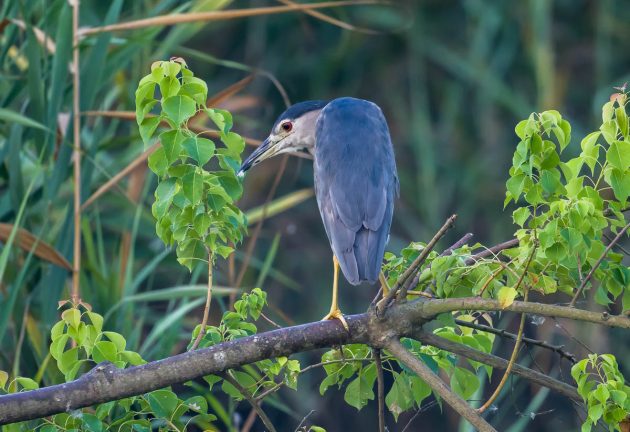
… Cattle Egret …
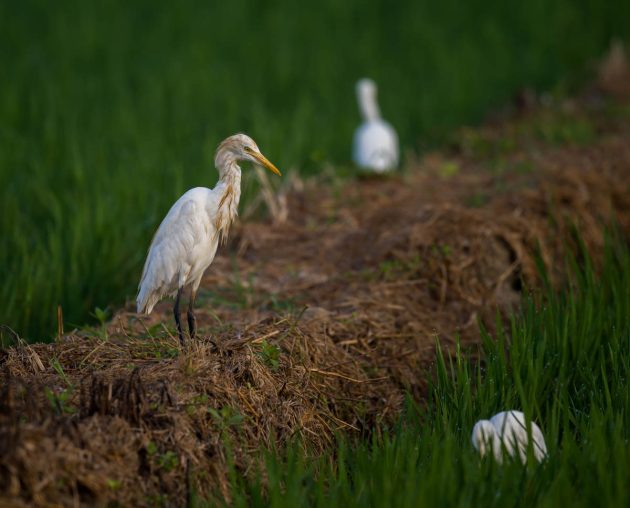
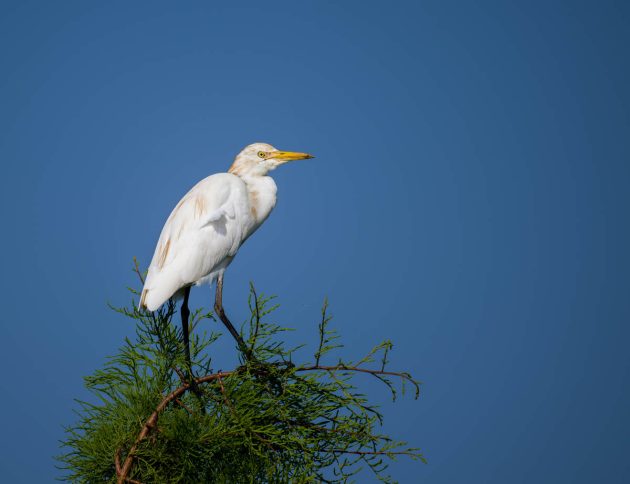
… Chinese Pond Heron.
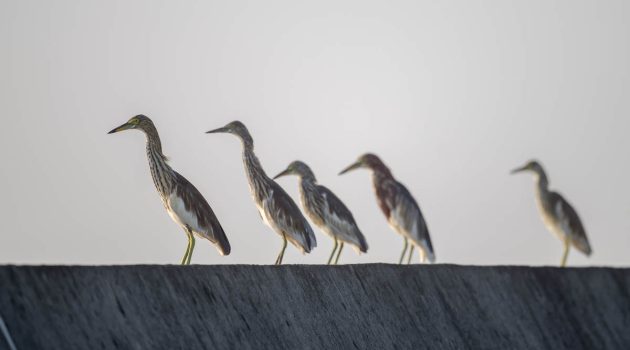
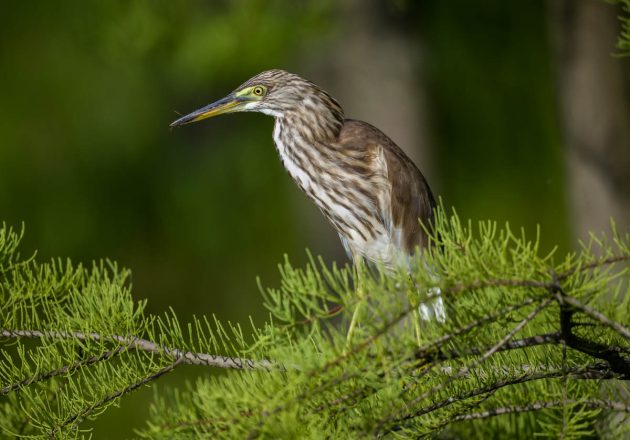
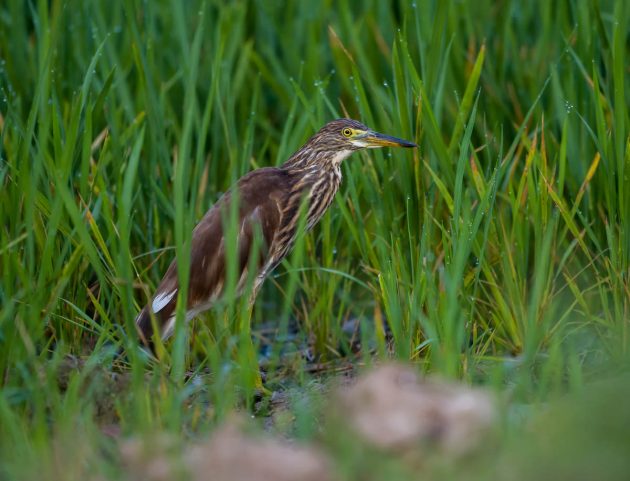
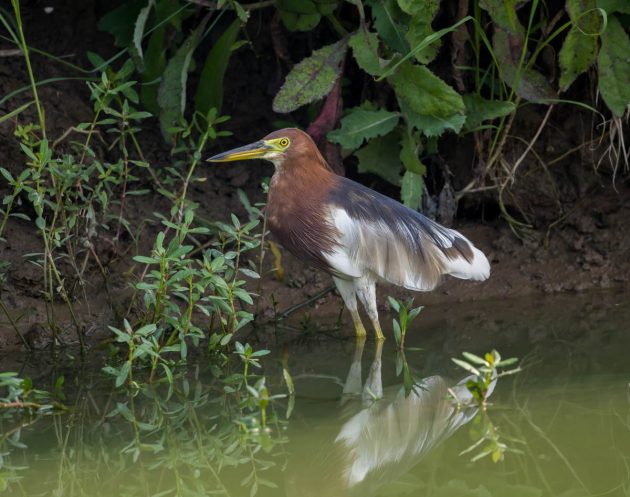
When I started watching birds in Shanghai, I was confused by this one:
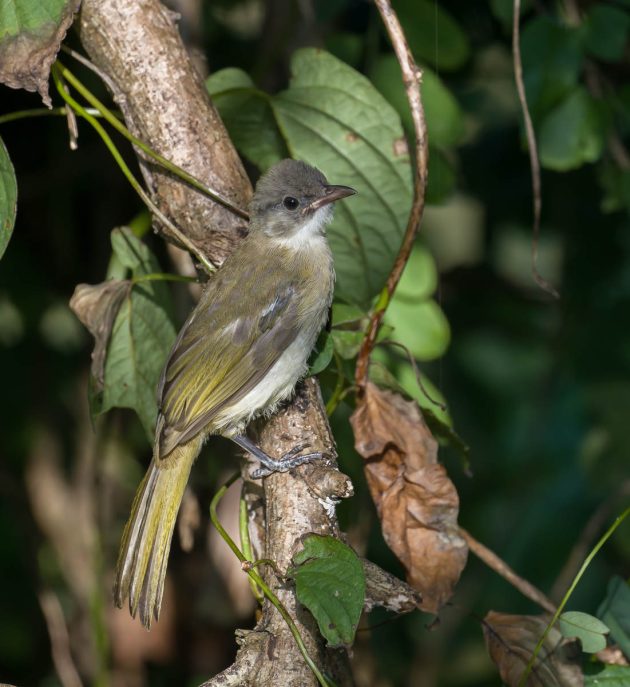
It is a juvenile Light-vented Bulbul – and of course, the guide I used then (Guide to the Birds of China, John MacKinnnon) did not show the juvenile plumage (and more disappointingly, the second edition still does not show it).
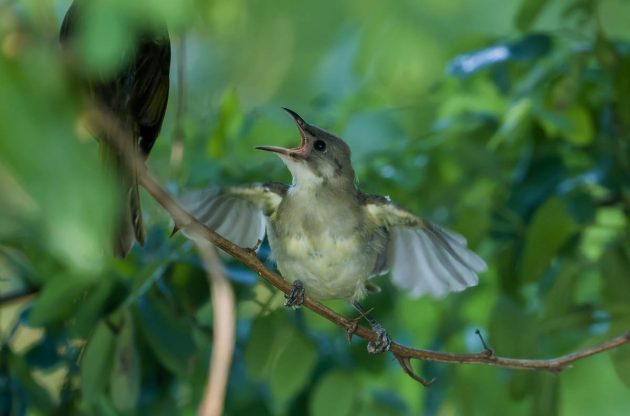
Anyway, not a bad look for a juvenile given the bland look of some of the bulbuls I recently saw in Borneo, though of course, the adult bird looks more distinct.
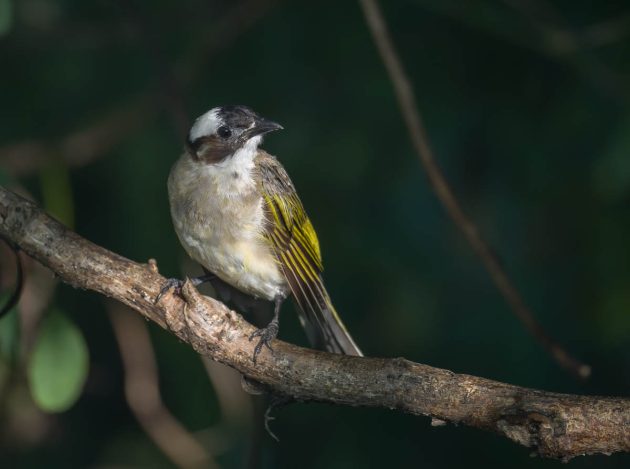
The young sometimes do not get taken seriously by the adults – something that this juvenile Oriental Dollarbird probably experiences on a daily basis.
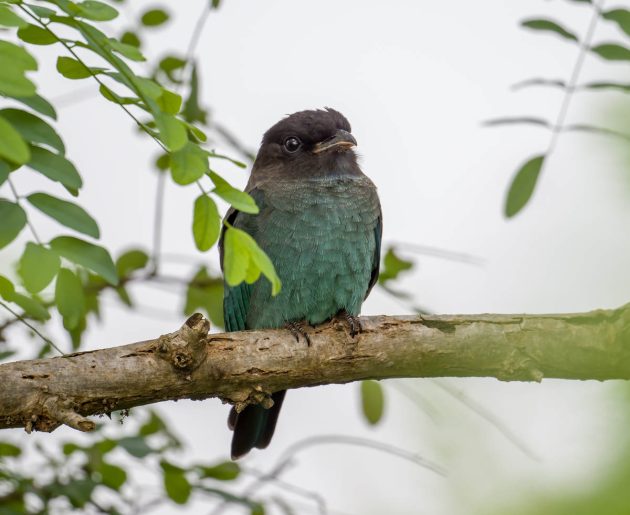
It comforts itself by listening to Taylor Swift (“Cardigan”) – “When you are young they assume you know nothing”. Somebody understands it after all.
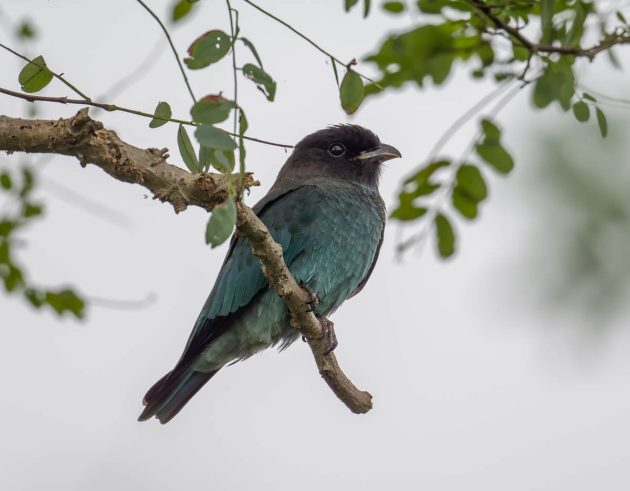
Occasionally, the bird even sings along.
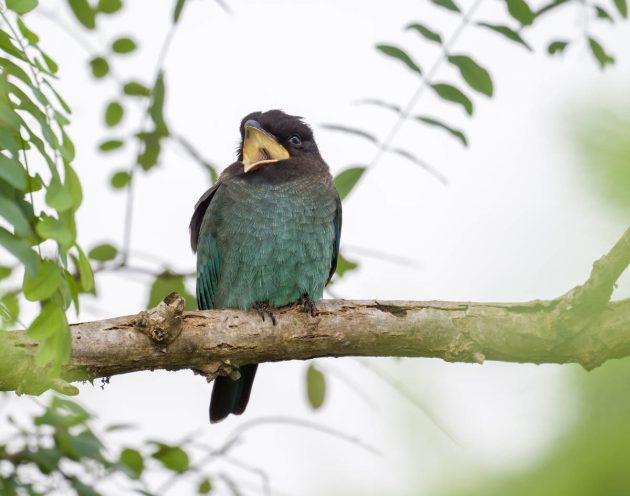
Urban men often have a local pub that they visit regularly – they are familiar with the clientele, the beer on tap, the typical atmosphere, the songs in the musicbox … for women, such consistency is a bit less common. For Pacific Golden Plovers, the situation is similar – in one study, males showed strong breeding ground fidelity, with 100% (8 of 8 birds) returning to a site in Western Alaska while only one of 4 females (25%) returned. Maybe the males were not that impressive. Maybe the males in your local pub are not that impressive either.
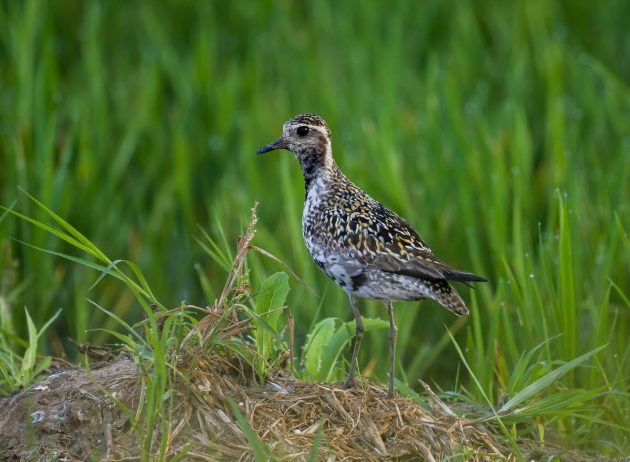
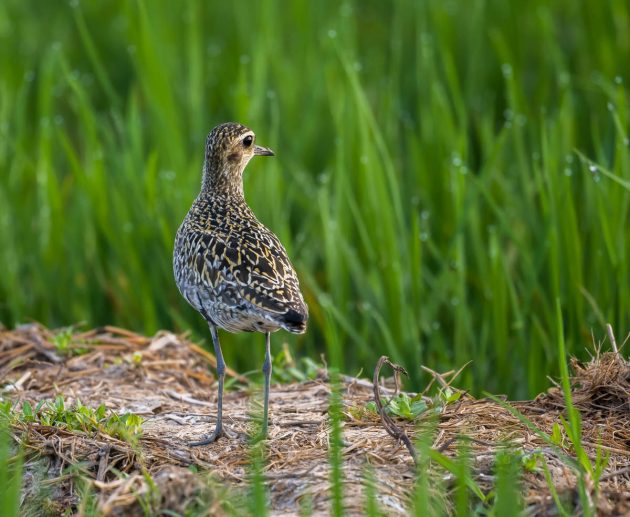
If you had to go from location A to location B, would you be willing to take a detour of 1500–3400 km just to eat a lot? If yes, take a look in a mirror – you might be a juvenile Sharp-tailed Sandpiper. And you might think the detour is worth it because it allows you to double your body mass before starting a nonstop flight of 7000-9000 km (source).
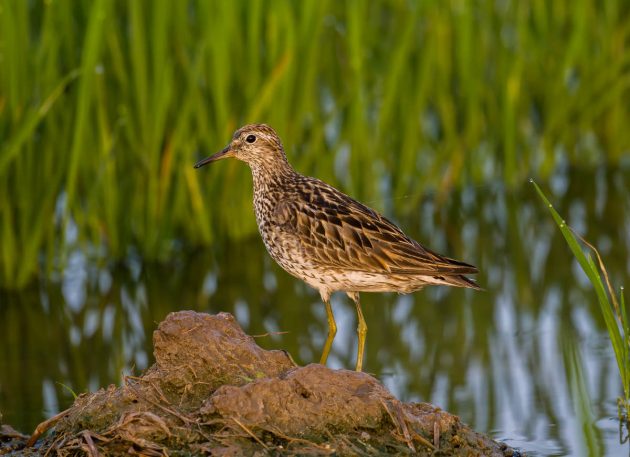
I also saw several Snipe species but lack the ID skills to give you the exact species names. You figure it out yourself. I guess in terms of probability Common Snipe is the best best, but who knows …
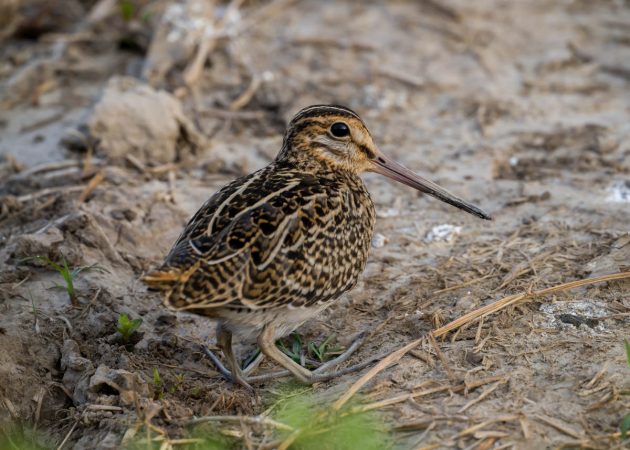
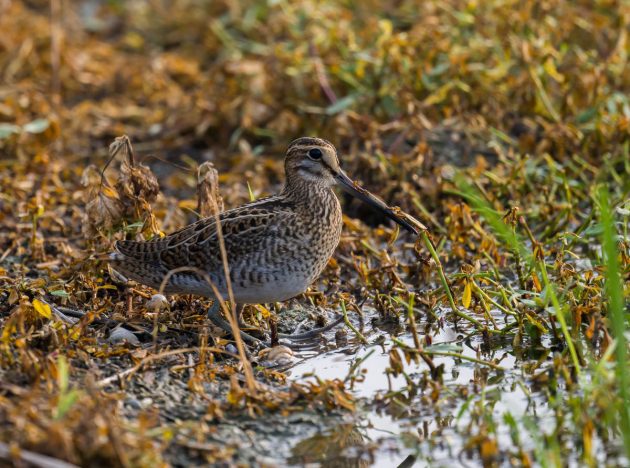
Deep in their hearts, Cuckoo species probably know that their way of raising (or rather, not raising) kids is wrong and morally repulsive (you should hear Ron DeSantis talk about this). As penitence, they sometimes force themselves to eat items that look as disgusting as possible, as shown below.
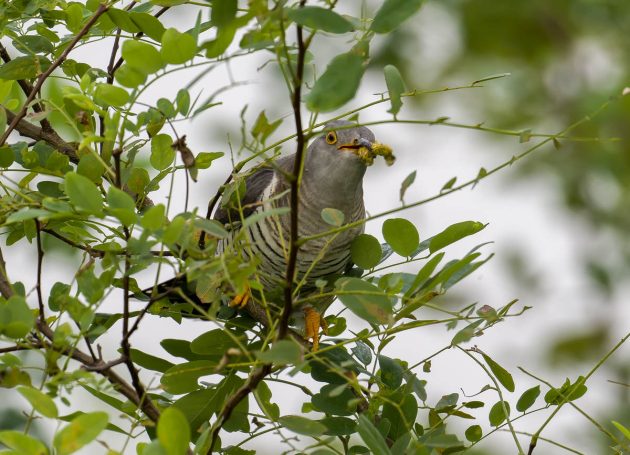
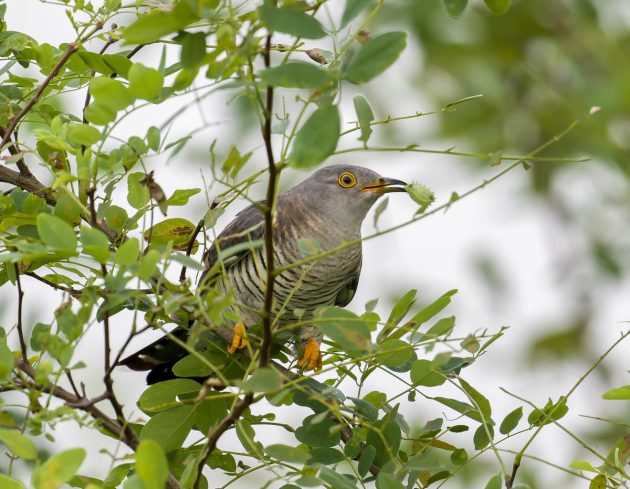
In the ongoing competition for the nicest-looking blue bird, the Siberian Blue Robin is still a promising candidate.
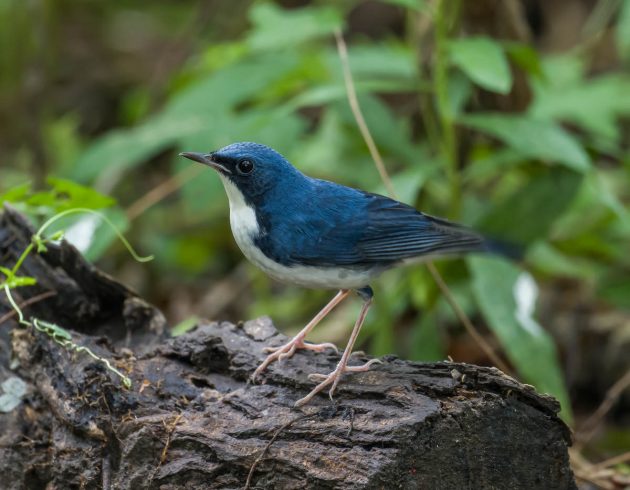
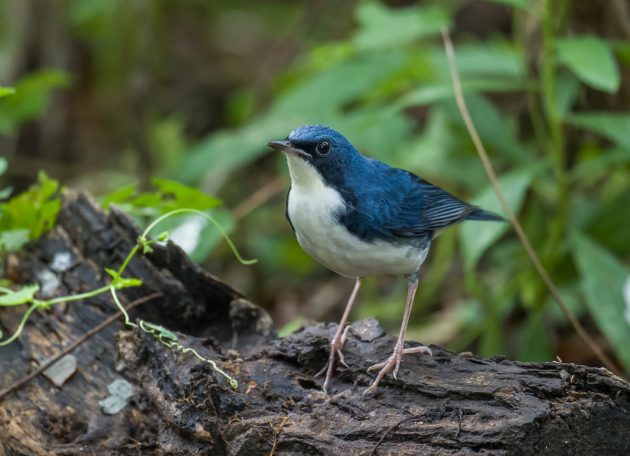
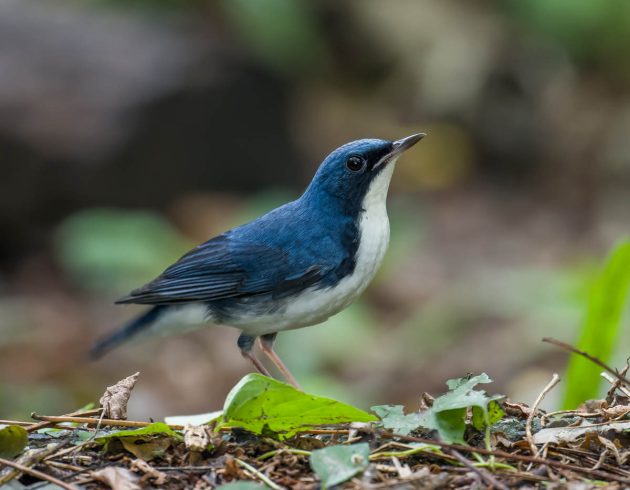
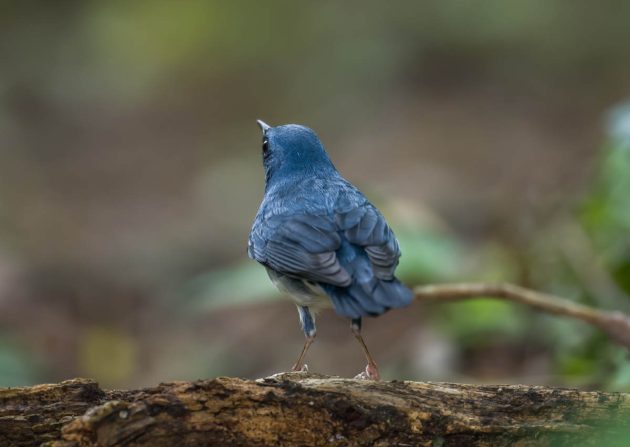
In Whiskered Terns, offspring desertion – that is, leaving the chicks while they still require feeding – is quite common. Surprisingly (at least from a biased human perspective), 97% of the deserters are female (source).
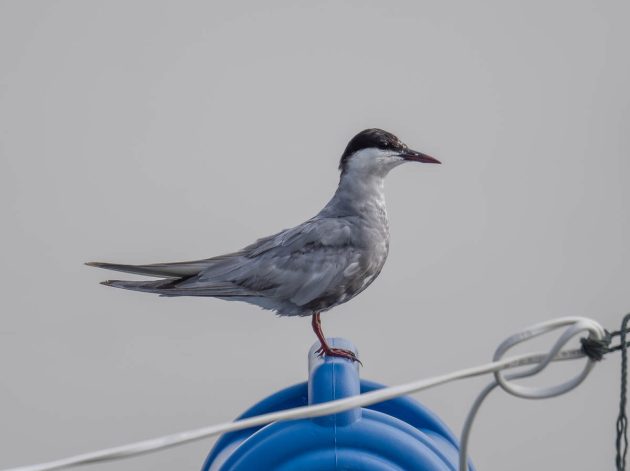
Overall, the paper does not seem to think too highly of the maternal qualities of female Whiskered Terns: “Females invest much less in parental care than males, providing less food and deserting more frequently”. Maybe the females just want to avoid being cliches.
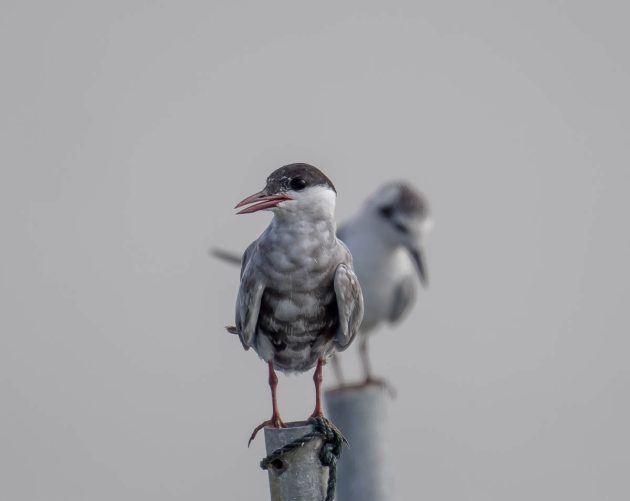
This juvenile White-cheeked Starling seems to already have lost one foot but still struggles on. When I am in the right mood (that is, probably the wrong mood, as not helpful for my own survival), such a sight can almost make me cry.
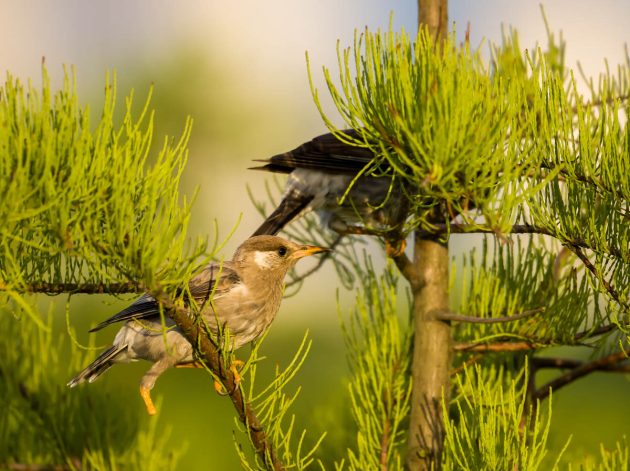
After this brief interlude about birds (somewhat annoying I know, but necessary due to my contractual obligations spelled out in my multi-year, multi-million dollar contract with 10,000 Birds, the global market leader in bird blogging), back to music. I never really got very much into Built to Spill but “Understood” makes me think maybe I missed out on something.
And (almost) finally, Boygenius in “Not Strong Enough” not only have a great song but also quote a possibly even greater one in the lyrics: “Drag racing through the canyon … Singing ‘Boys don’t cry’” …







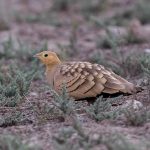





Leave a Comment